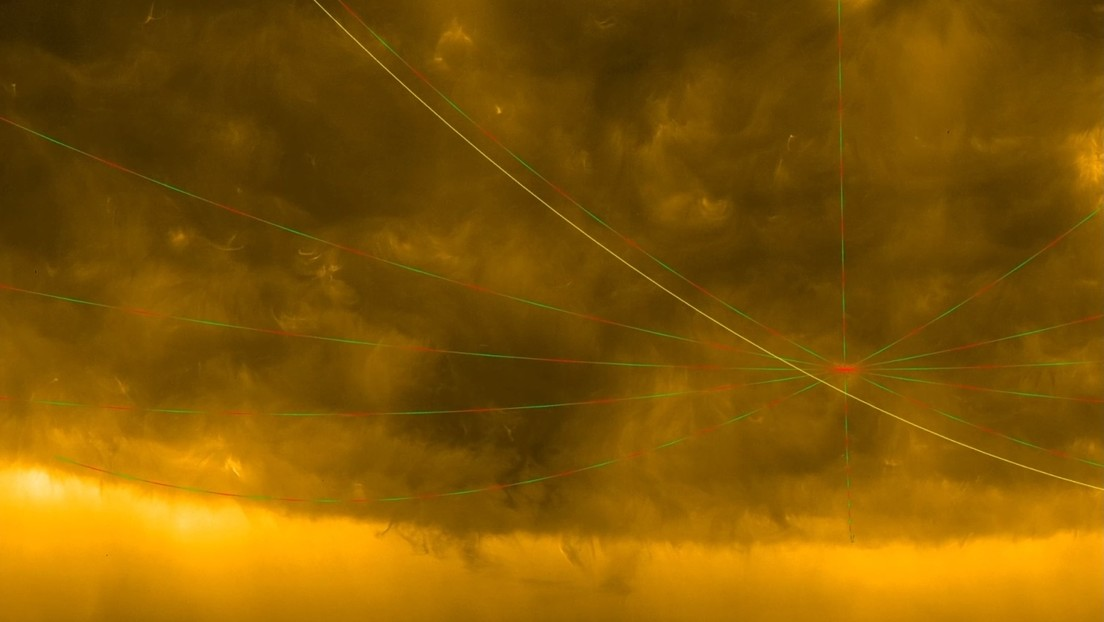
The Solar Orbiter spacecraft obtained the first images of the Sun's south pole, as well as various observations that will allow scientists to gain new insights into the behavior of our star, the European Space Agency (ESA) announced Wednesday.
Photographing the solar poles is a complex process, as it requires a spacecraft to leave the ecliptic plane, a flat disk around the Sun in which most objects in the solar system orbit.
However, Solar Orbiter managed to gradually tilt its orbit to an angle steep enough, about 17 degrees below the Sun's equator, to view our star's polar regions. This achievement occurred in mid-March, after the probe made four flybys around Venus.
Sami Solanki, a solar physicist at the Max Planck Institute in Germany, stated that Solar Orbiter "observed both poles, first the south pole and then the north pole." He added that the transmission of data from the North Pole to Earth is expected to take place "in the coming weeks or months."
New solar measurements
NASA’s Ulysses mission, which was operational between 1990 and 2009, had previously flown over the solar poles, although it did not have any photo-capture devices. The Solar Orbiter can now provide visual data and measurements thanks to its advanced instruments.
This time, the spacecraft measured the magnetic fields and high-energy radiation emanating from the south pole. The scientists explained that it was discovered that, the magnetic field at the south pole is a "chaos", since it has north and south polarity.
This seems to occur during the maximum activity of the solar cycle, when the magnetic field is about to reverse. Hamish Reid, of the University Collage in London, detailed that the magnetic field is expected to have a more ordered polarity in the next few years, once the Sun reaches a minimum of activity. This information will help you learn more about the solar cycle.
What is expected in the future
In 2027 and 2029, Solar Orbiter will reach even higher inclinations, first of 24 degrees and then 33 degrees, when our star experiences a period of lower activity. This will allow both polar regions to be explored. (Text and photo: RT)